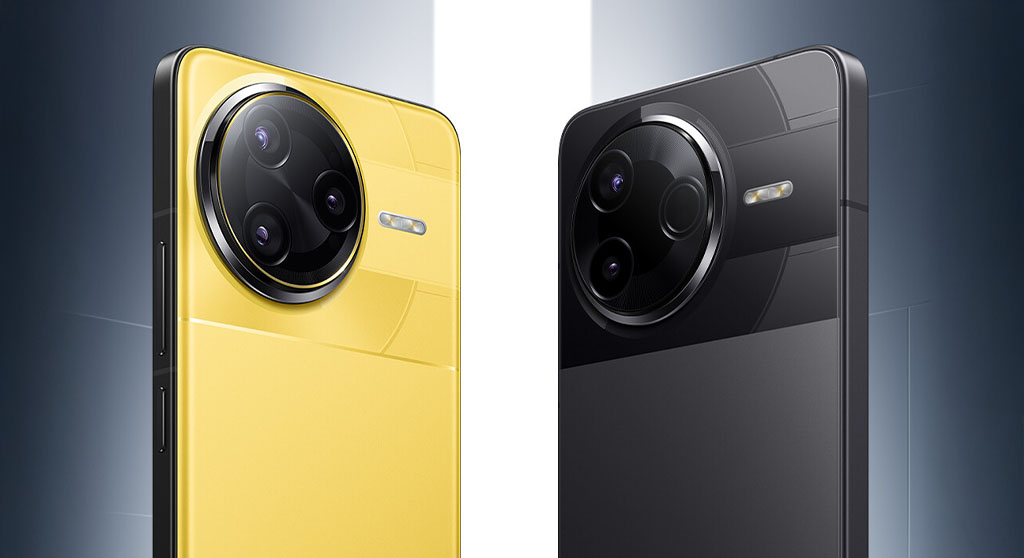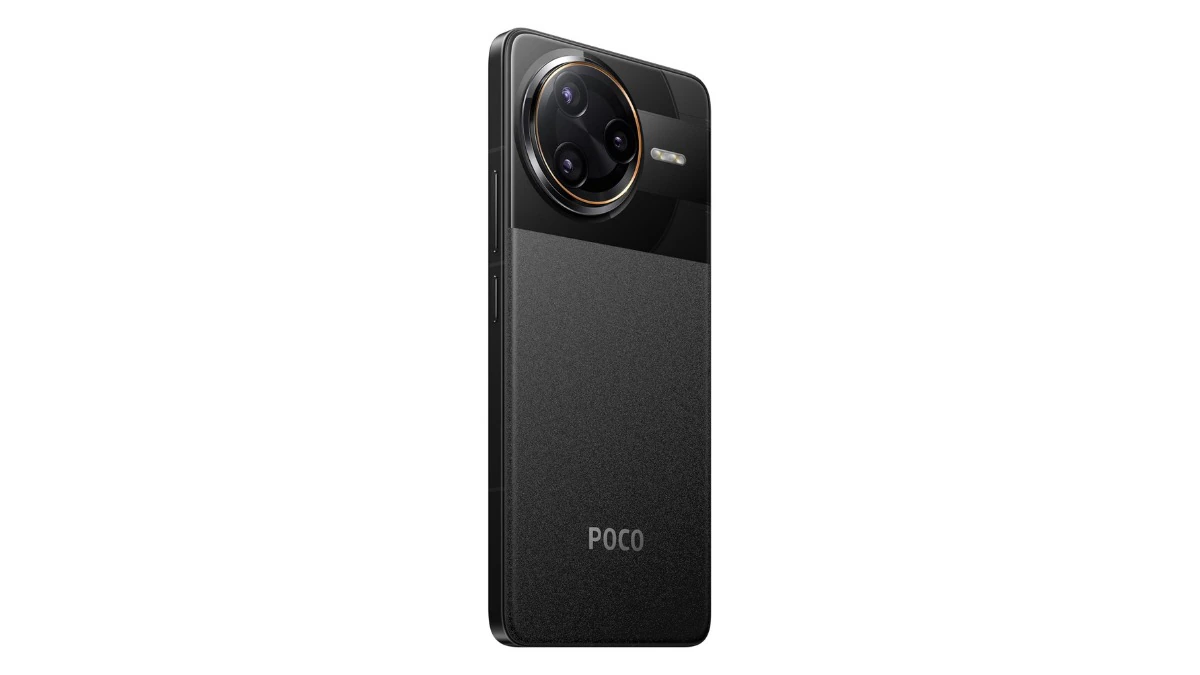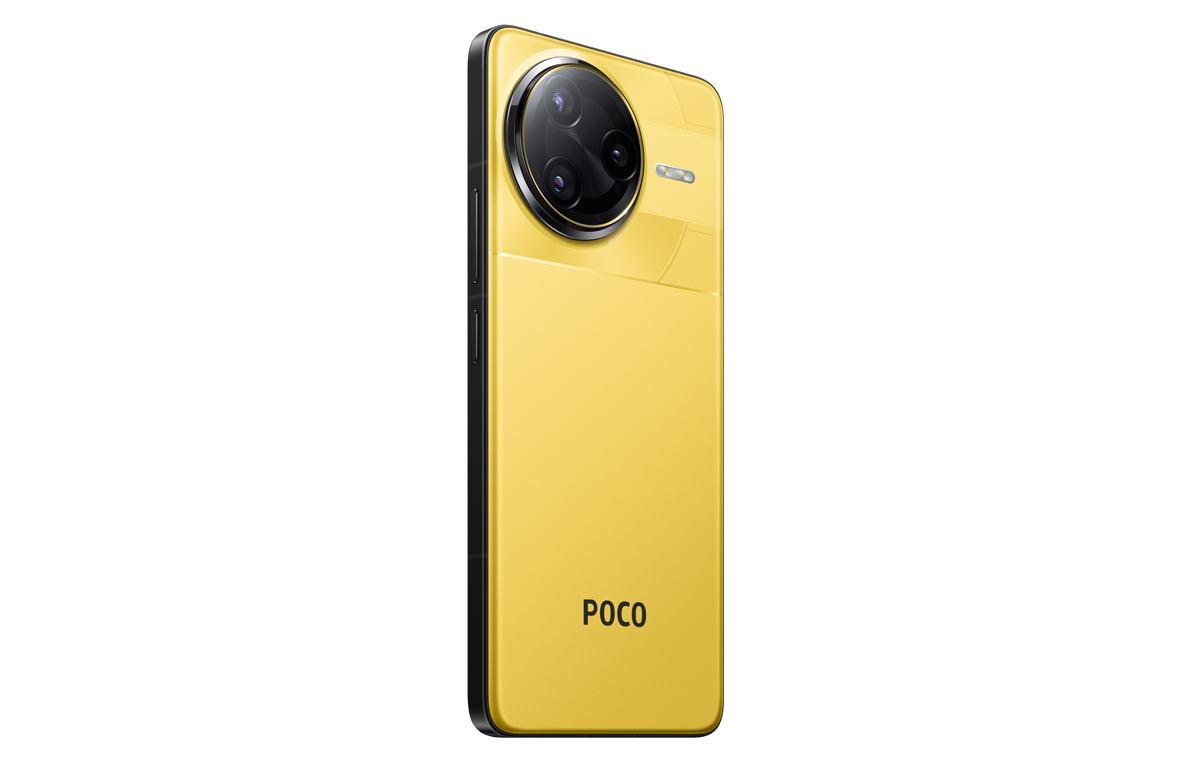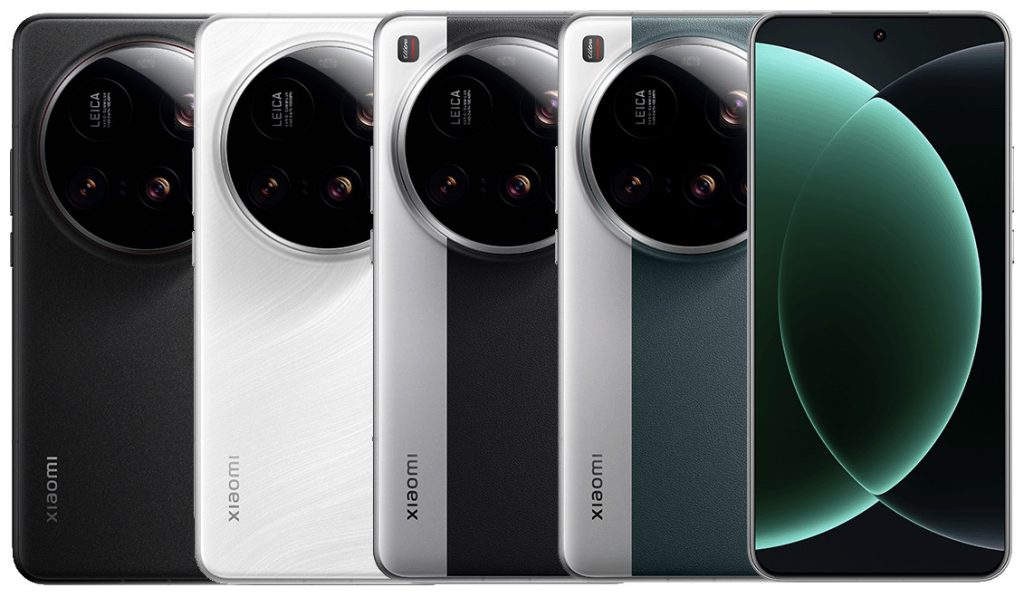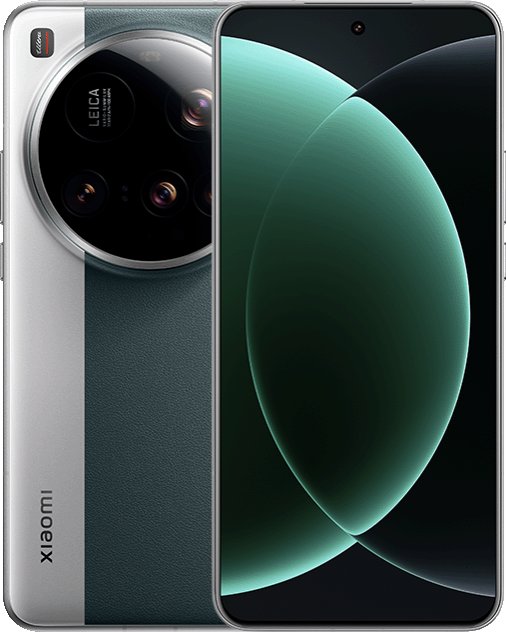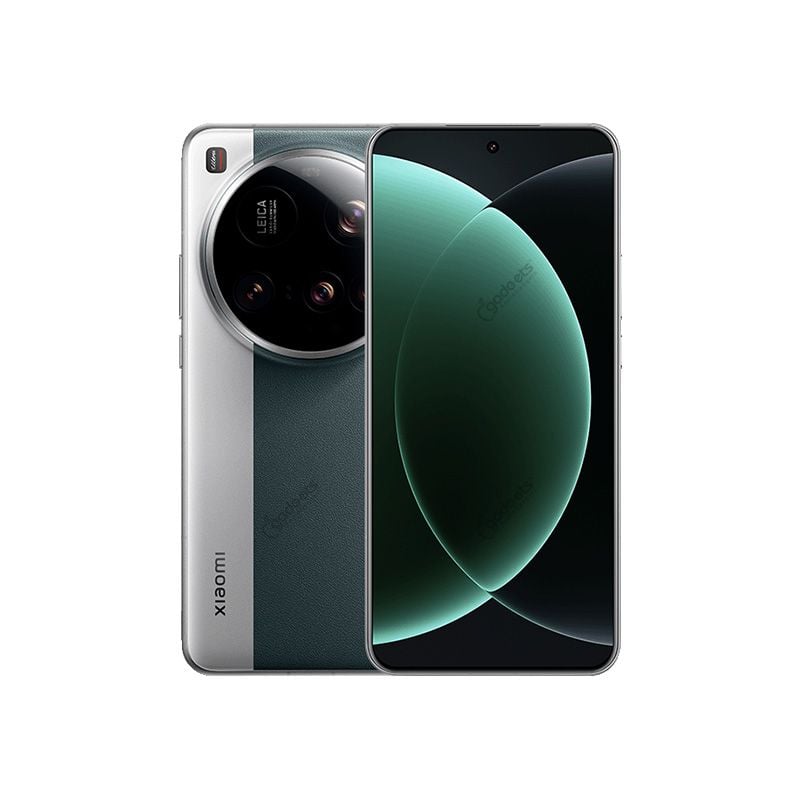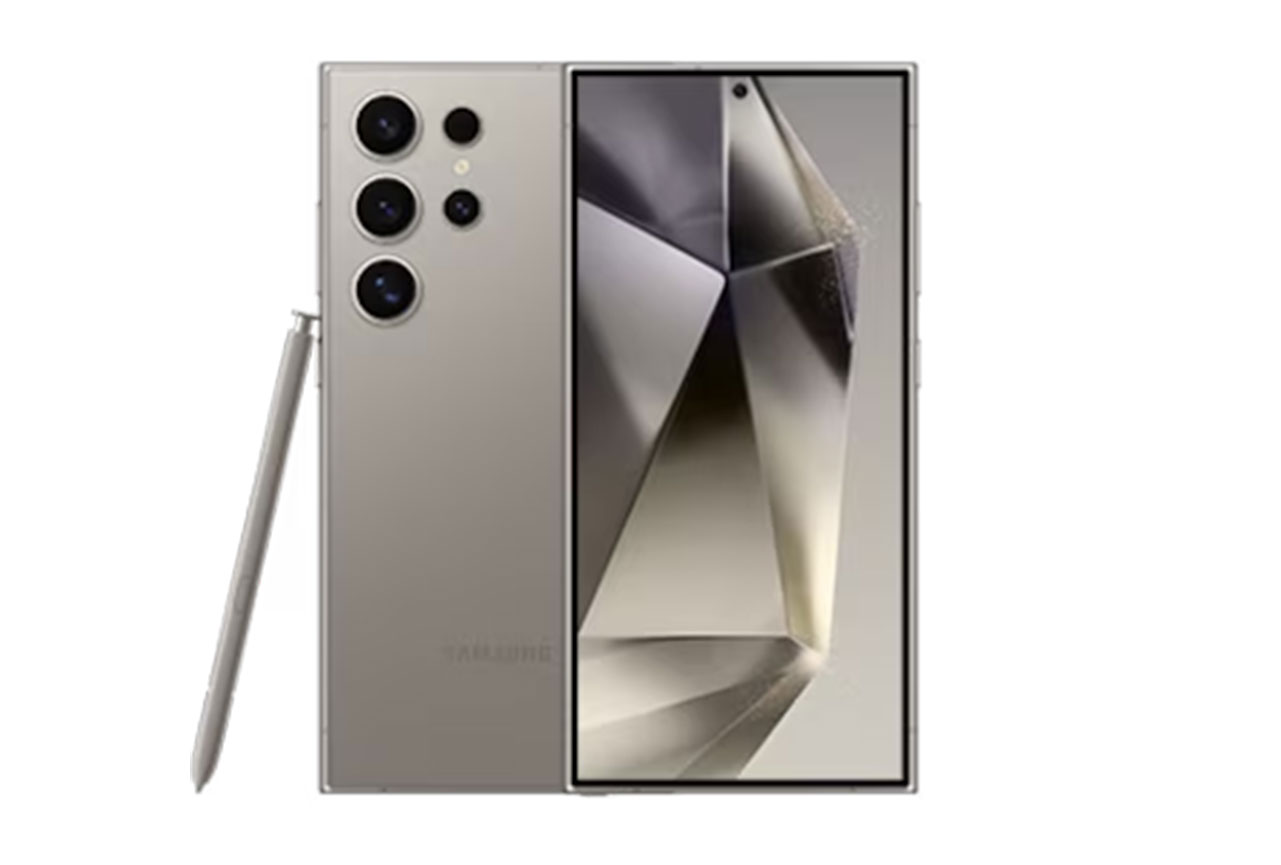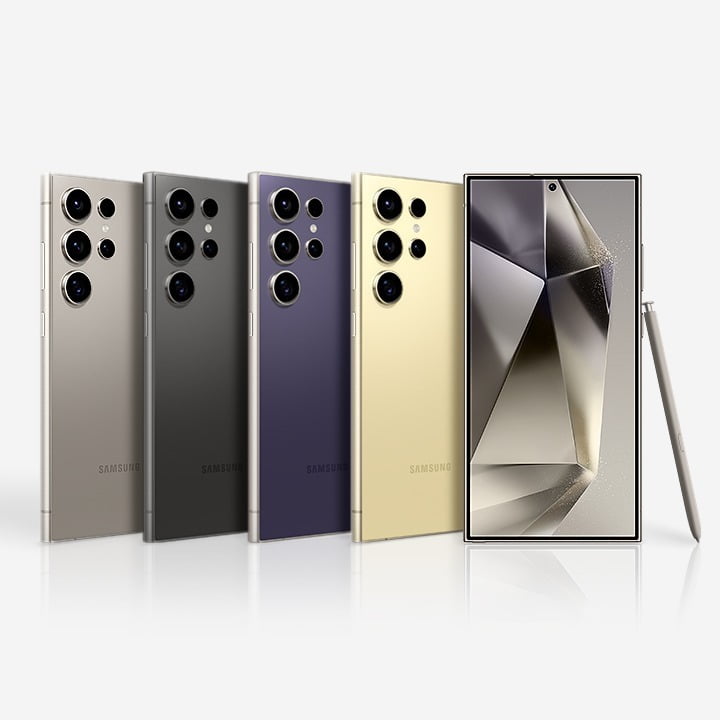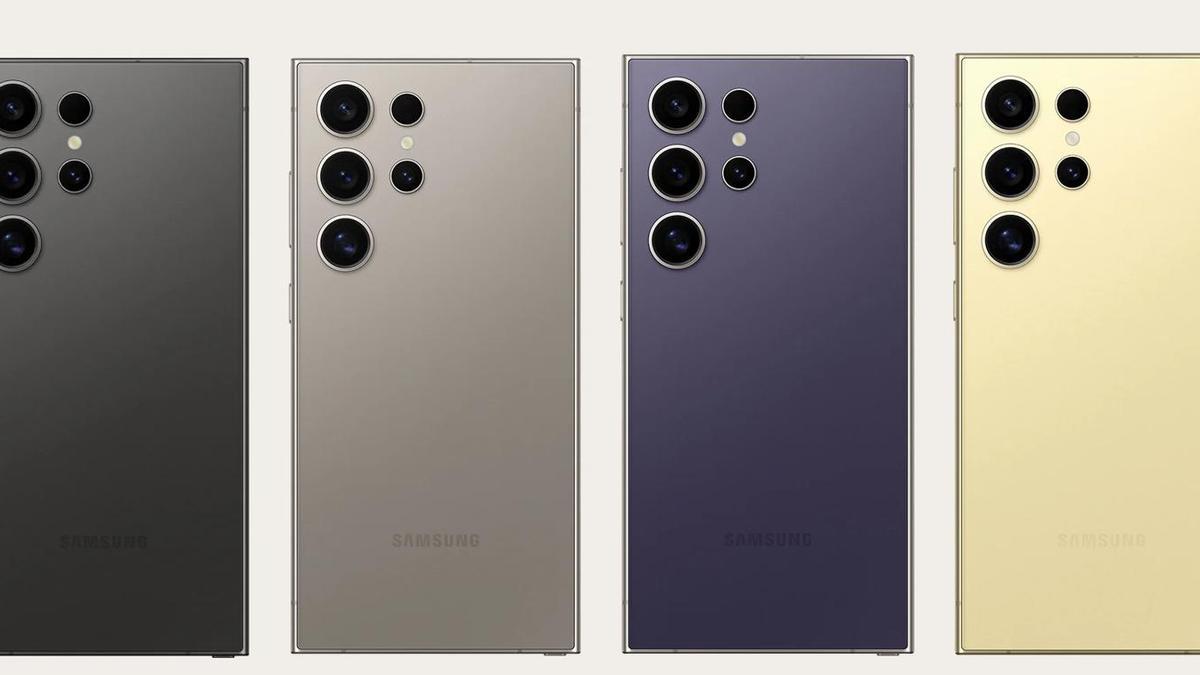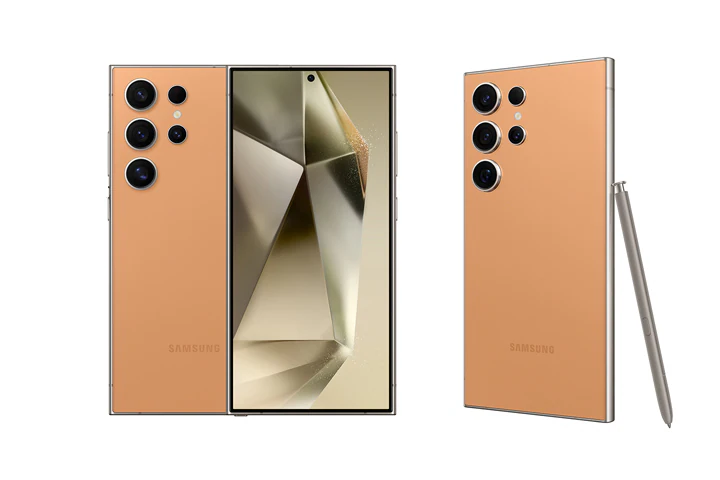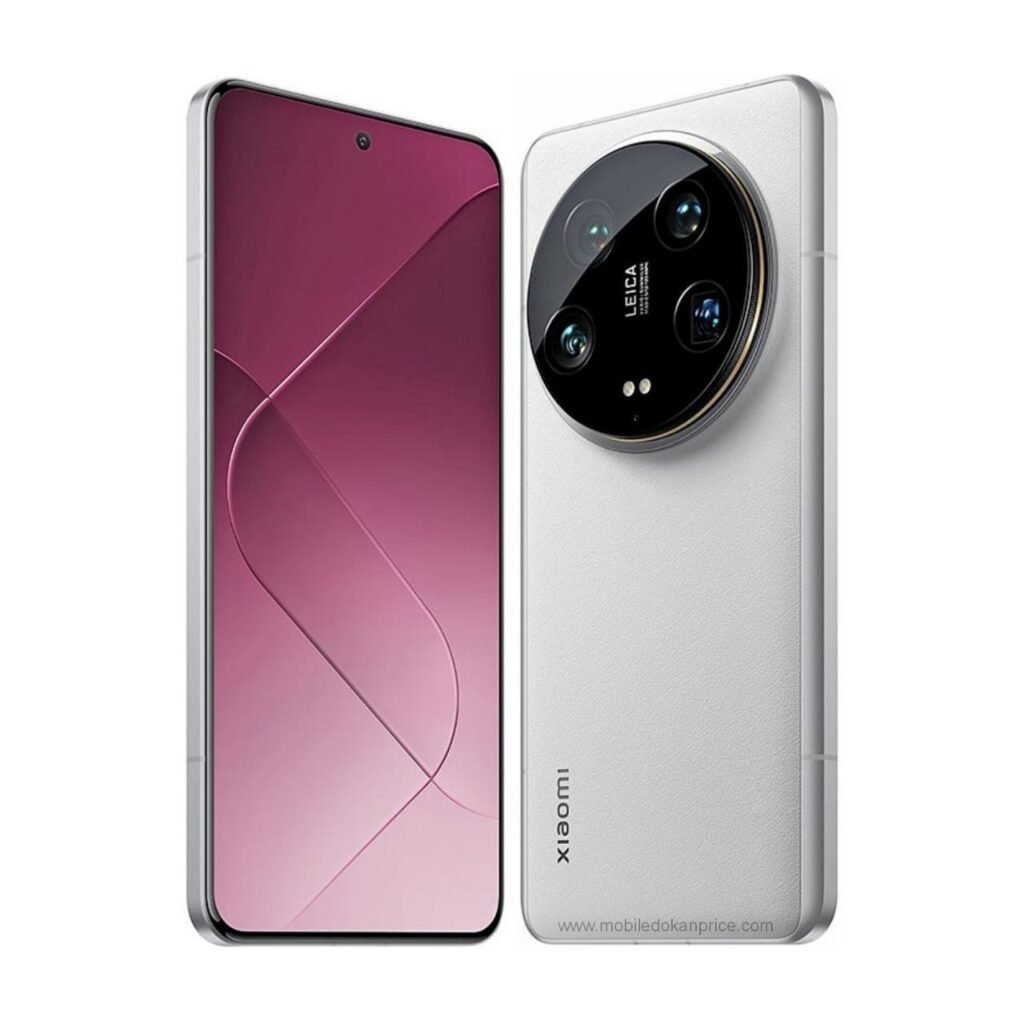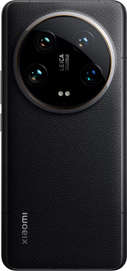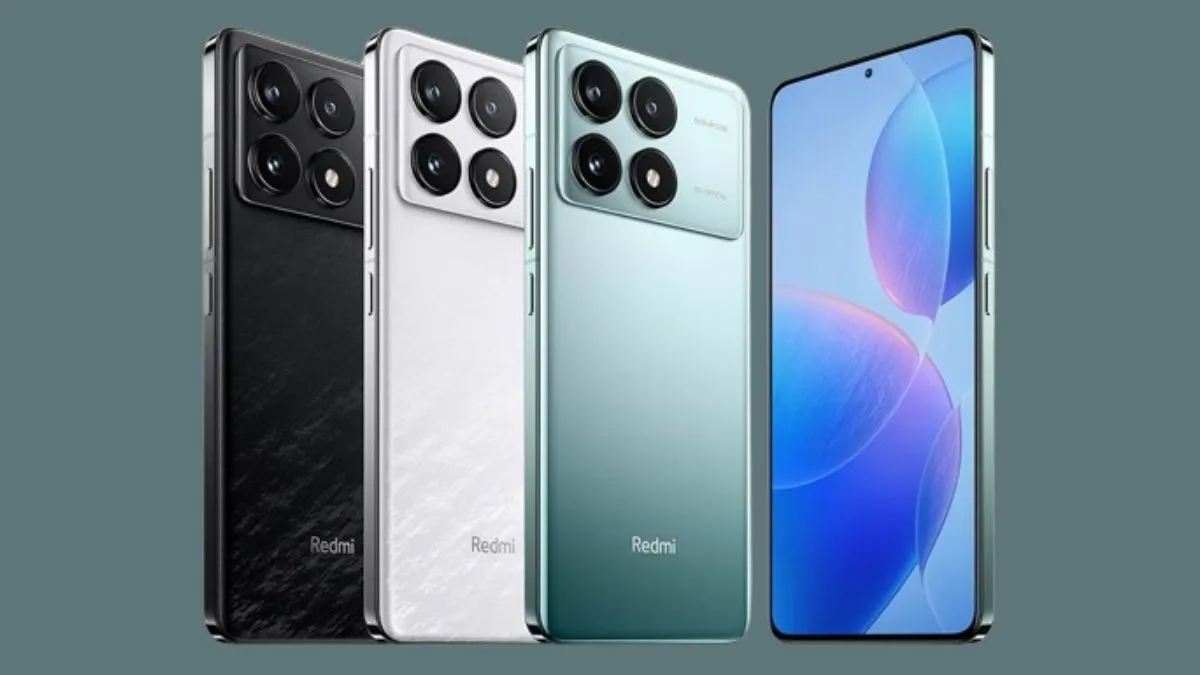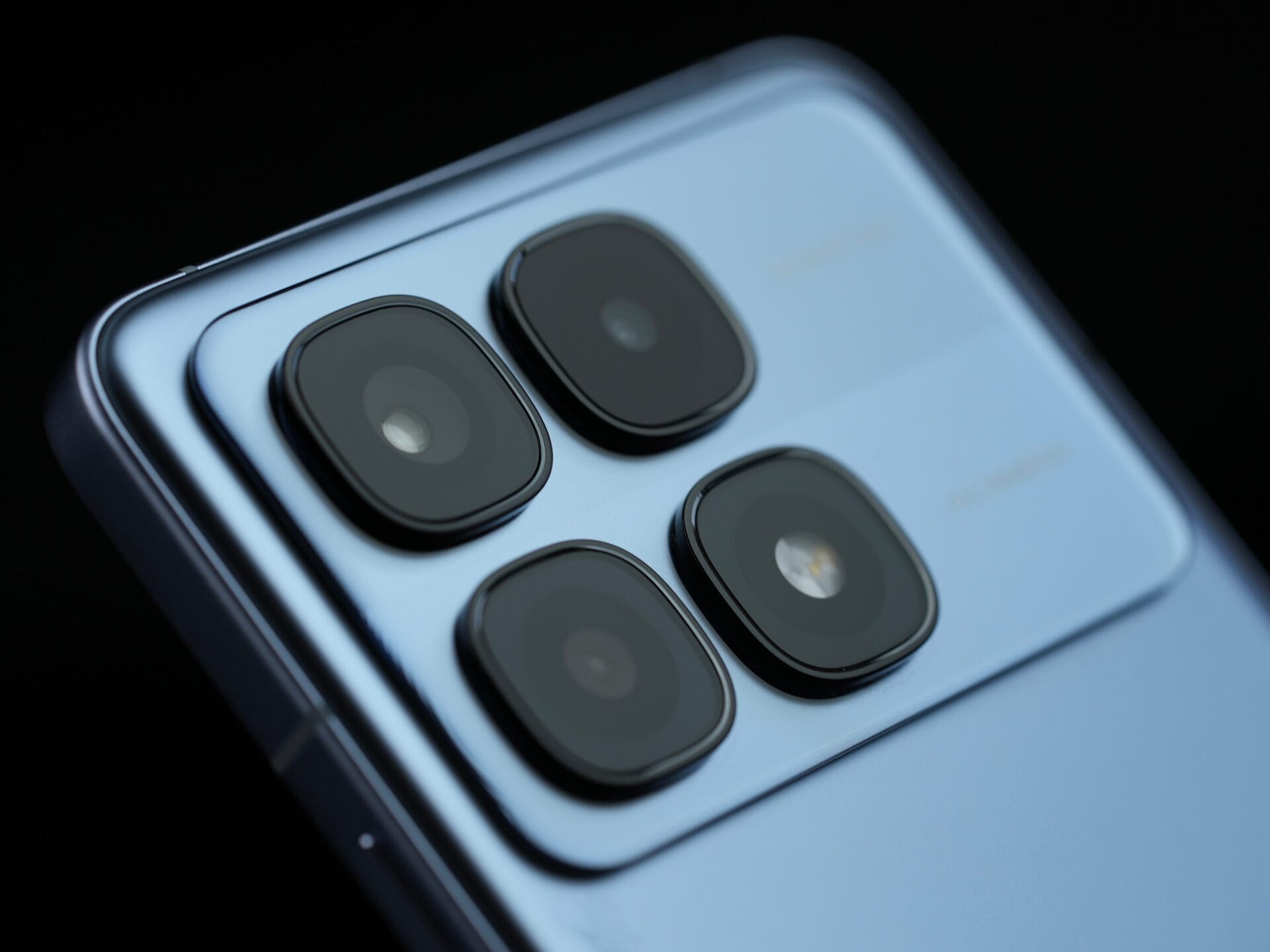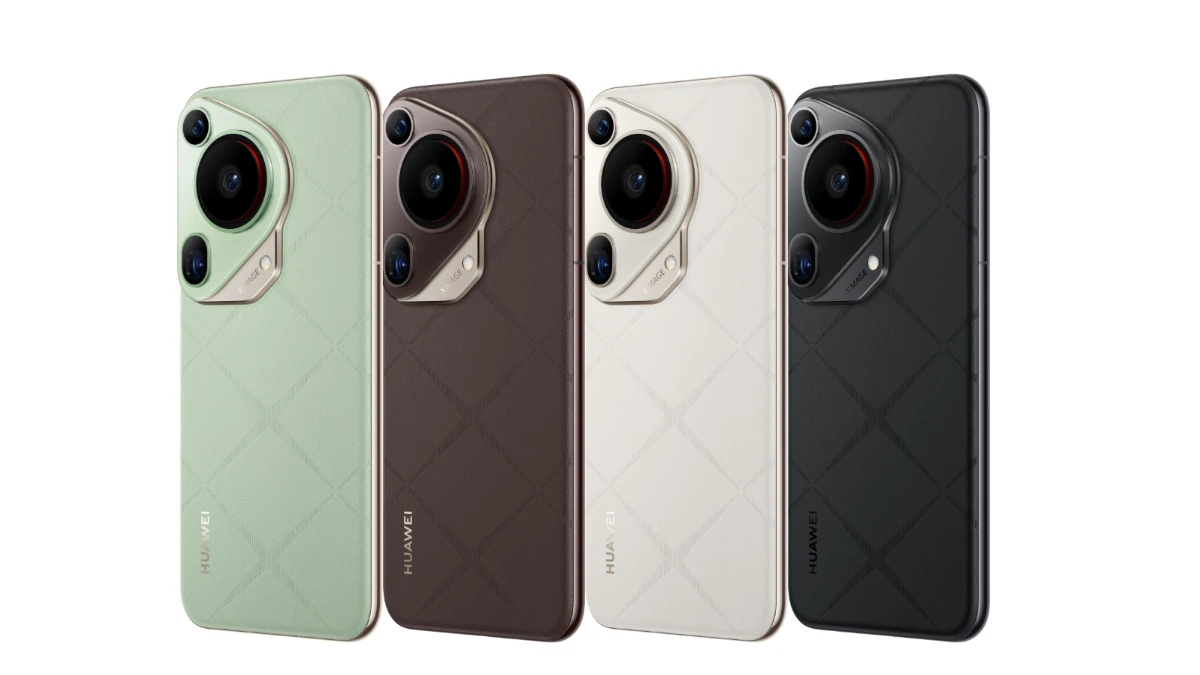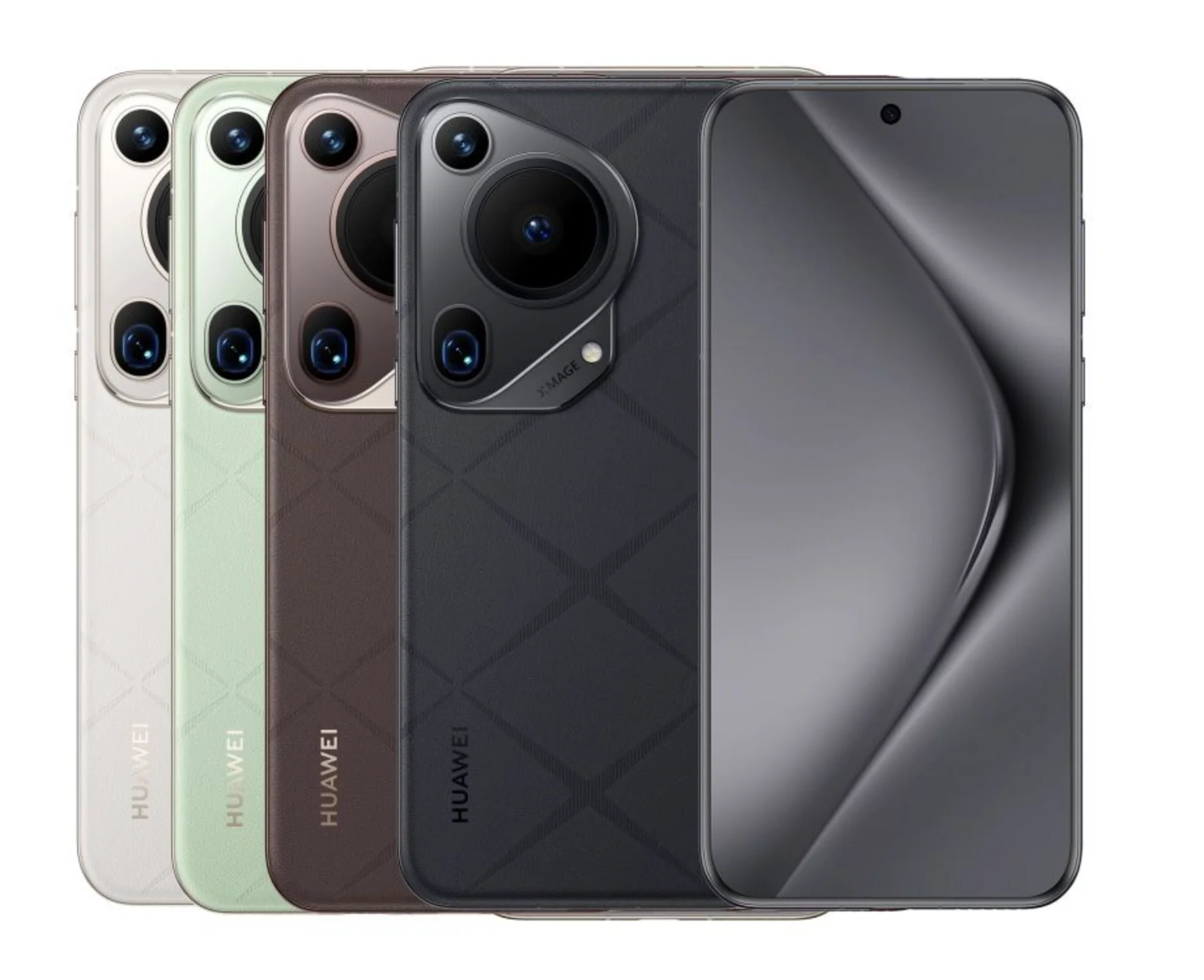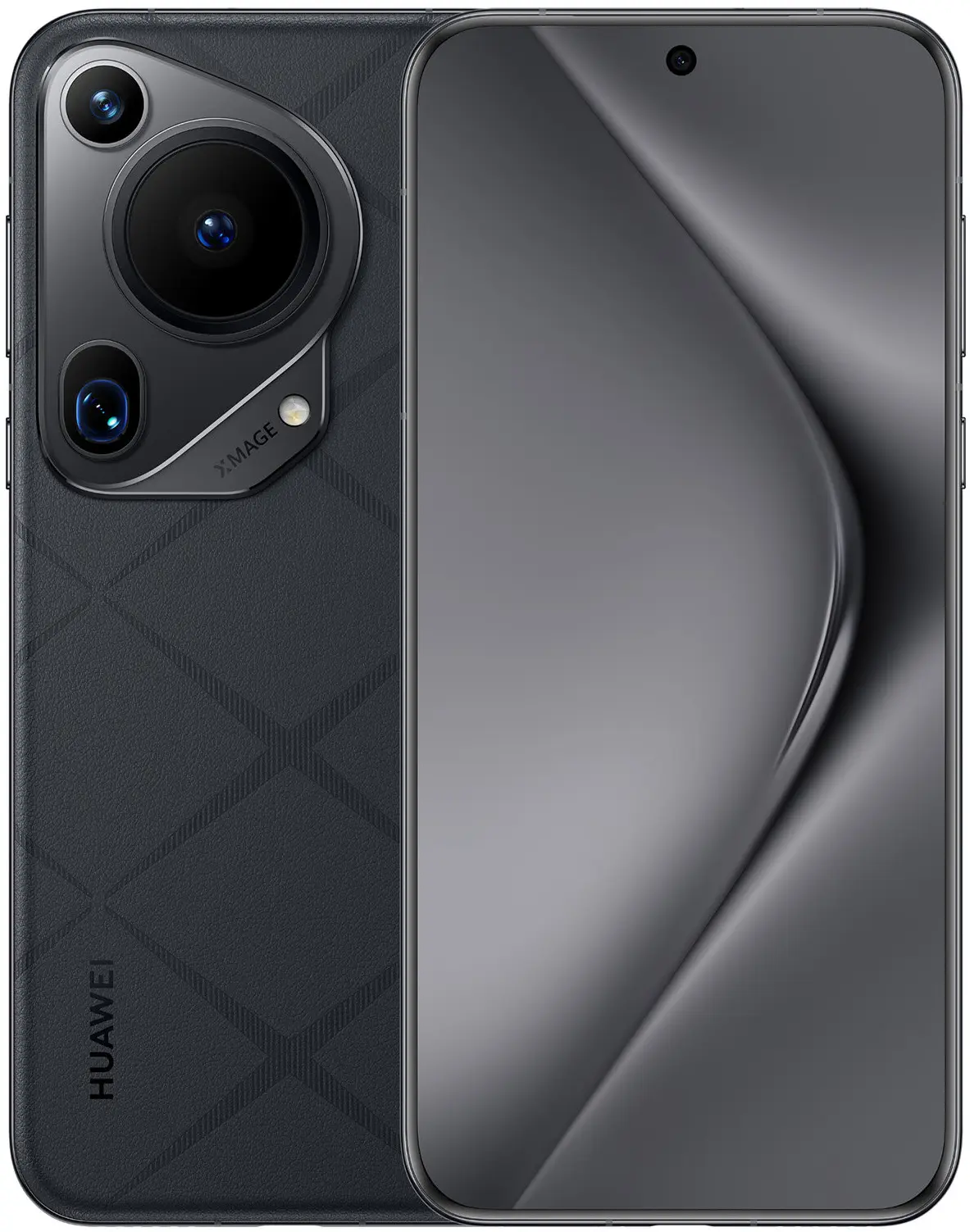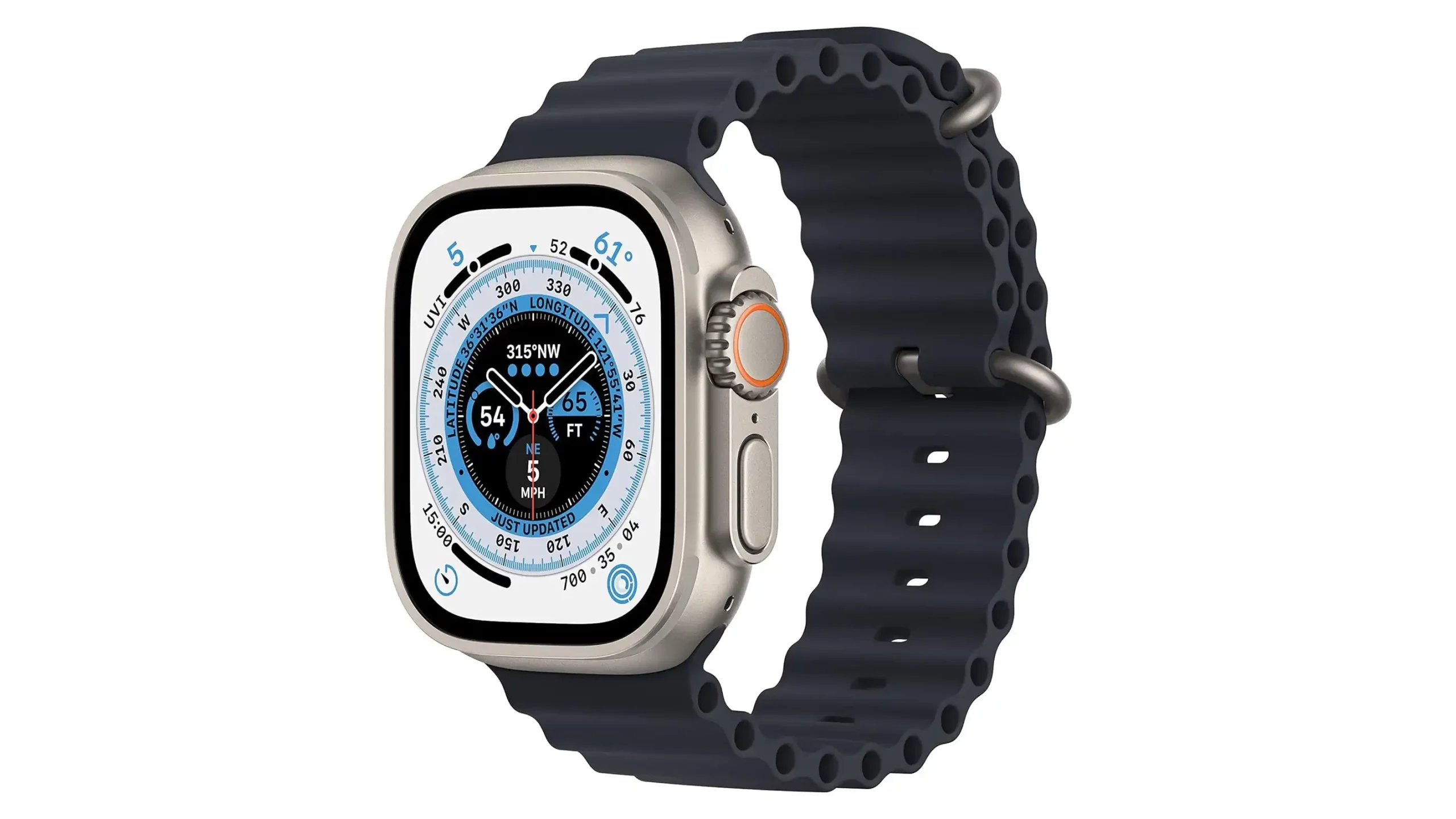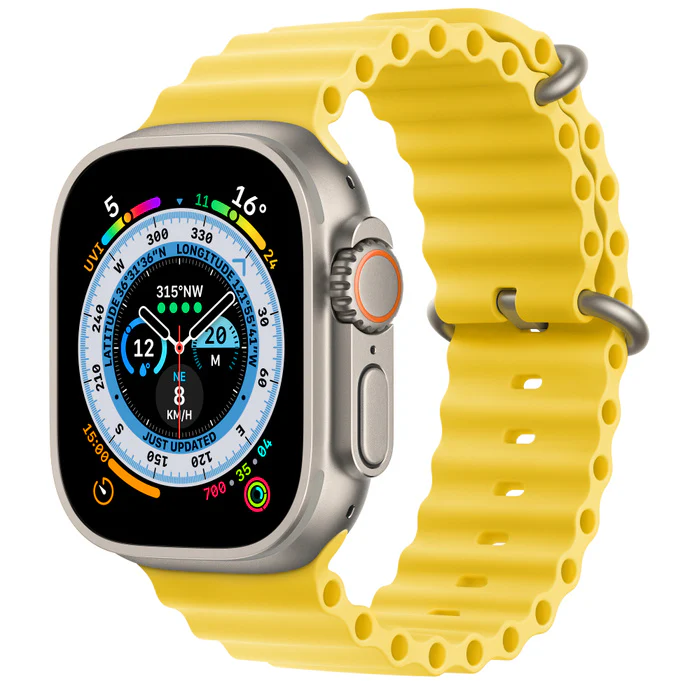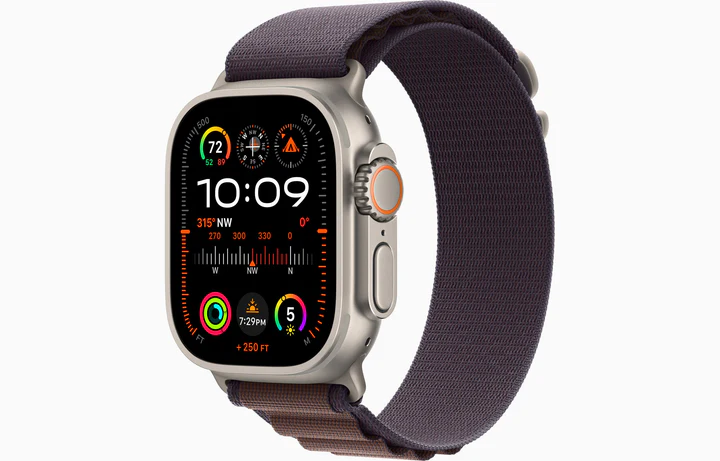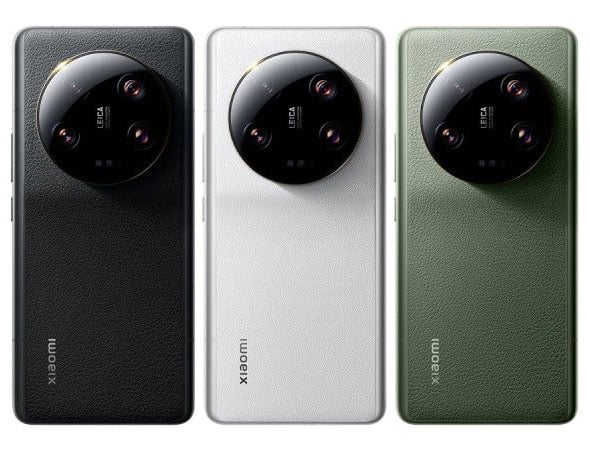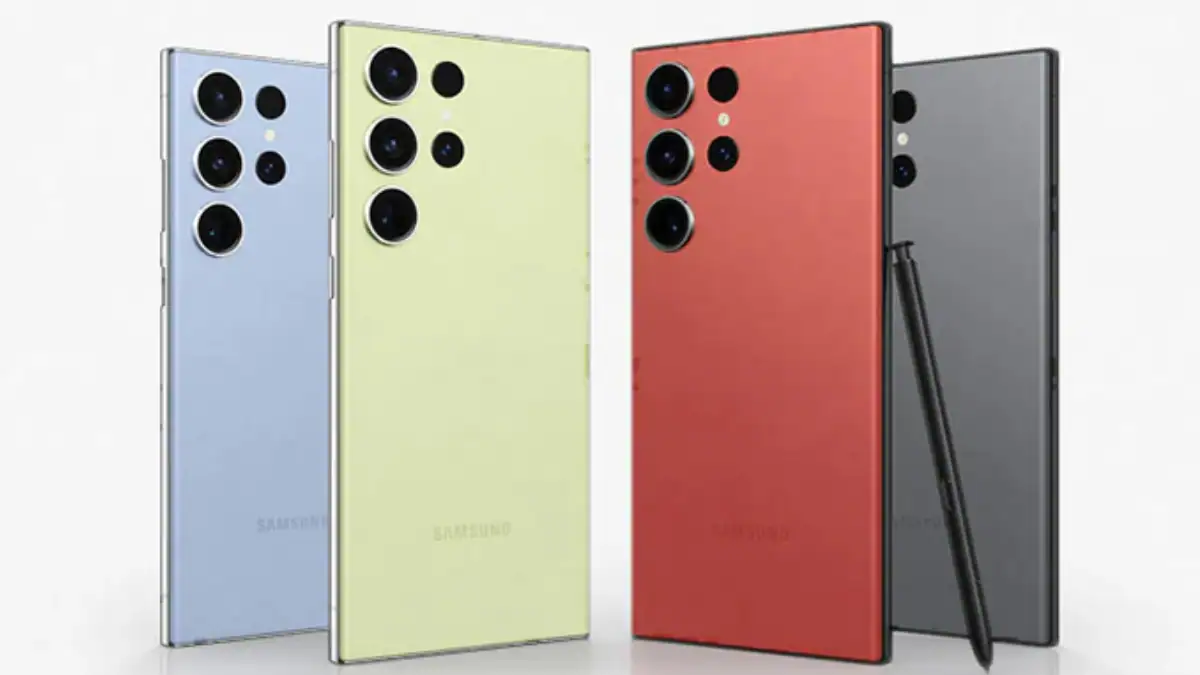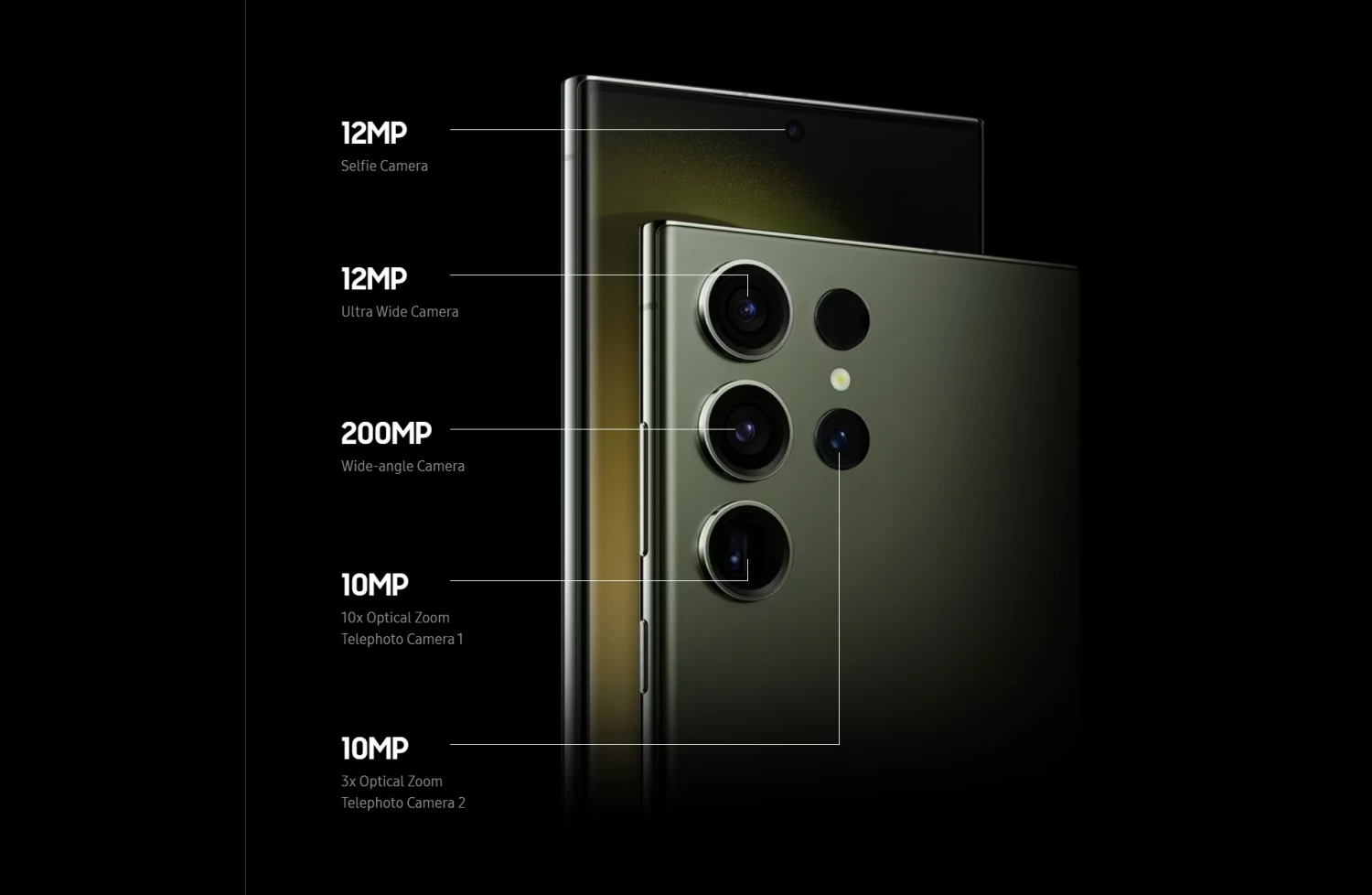Following the success of the Xiaomi 13 and the even more impressive Xiaomi 13 Pro, the Xiaomi 13 Ultra marks the ultimate flagship release in Xiaomi’s 2023 lineup.
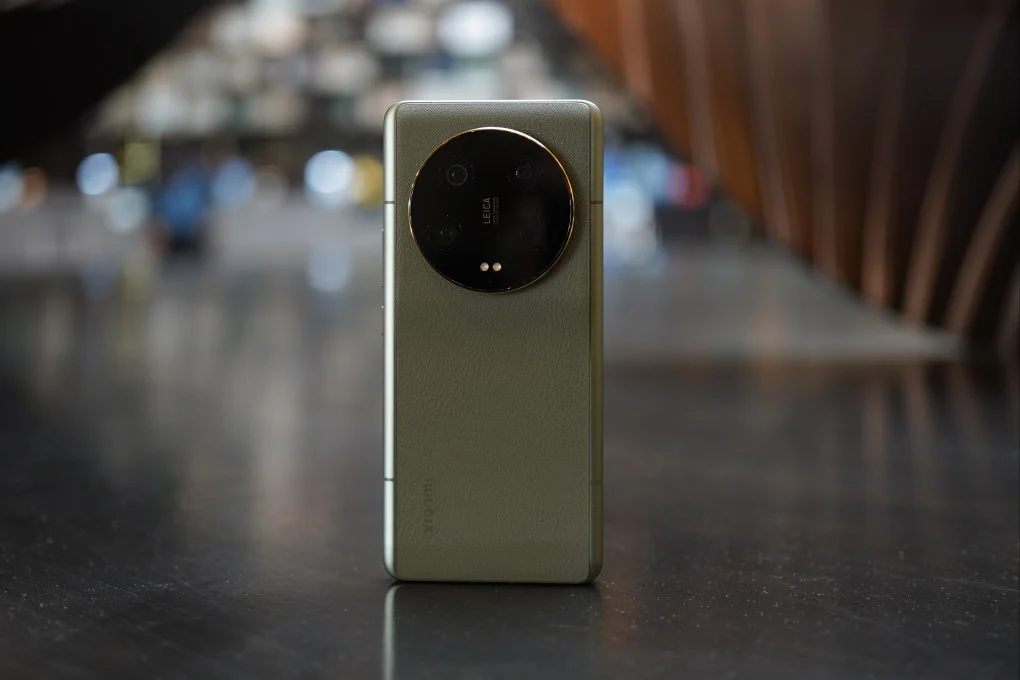
One look at the back of the Xiaomi 13 Ultra reveals its focus: a strikingly large camera bump. This bold design clearly prioritizes the phone’s camera capabilities, signaling its place among premium camera-focused smartphones.
The Xiaomi 13 Pro is already renowned as one of the best camera phones, so the Ultra version needed to deliver something exceptional to stand out. After a thorough review period, it’s safe to say this phone meets the expectations set by its premium status.
Note: Pricing and availability are currently unconfirmed for markets outside China, including the US, Europe, and the UK. The model reviewed here is the Chinese version, running on local software. The base price is estimated at around £700 or $869, but expect it to be higher if an international version launches. Keep in mind this version may lack certain global optimizations, which could impact the user experience if imported.
Screen and Design
- Available in three colors with a silicone leather back
- Adaptive 120Hz OLED screen with Dolby Vision
- Exceptional 2600-nit peak brightness
The Xiaomi 13 Ultra’s design will undoubtedly be polarizing, but its unique look has its charm. The rear features Xiaomi’s ‘antibacterial nanotech silicone leather,’ a textured faux-leather material that improves grip and resists smudges. This textured leather is contrasted by flat, metallic sides, creating a distinct two-tone look. Available in green, black, and white, each color option has the same finish.
While the flat sides make it easy to hold in landscape mode for taking photos, the camera’s massive size does come with challenges. Finding a comfortable grip can be awkward, and the phone doesn’t lay flat on surfaces. Additionally, at 227g, the Xiaomi 13 Ultra feels substantial, but in a reassuring, premium way with high-quality finishes like precise cutouts.
The basics aren’t overlooked either: the phone is IP68 rated, with Gorilla Glass Victus protection on the 6.73-inch screen. The display, also found on the Xiaomi 13 Pro, delivers vibrant visuals with a 2600-nit peak brightness and power-saving adaptive refresh rates.
Camera
- Four 50MP rear cameras
- Main camera with adjustable f/1.9 to f/4.0 aperture
- 120mm and 75mm telephoto lenses, plus a 12mm ultra-wide lens
Xiaomi’s camera array on the 13 Ultra is unmatched for its technological ambition. Its rear camera system, in collaboration with imaging partner Leica, houses four 50MP sensors. It includes two telephoto cameras (75mm and 120mm), a wide-angle, and a main sensor that can switch between f/1.9 and f/4.0 apertures for optimized depth of field and sharpness.
The main sensor features a 1-inch size, the same as in the Xiaomi 13 Pro, which has been celebrated for stunning photo quality. The variable aperture allows for versatile shots; the wide f/1.9 setting enhances depth of field, while f/4.0 minimizes background blur for better sharpness in wider scenes.
Initially, switching apertures was easy within the camera app, but recent updates buried this option in settings, likely to encourage users to rely on the auto mode. However, manual adjustment still provides more control, which can be useful in diverse shooting conditions.
Photos taken with the Xiaomi 13 Ultra stand out for their realistic colors and high detail, giving the images a DSLR-like quality that few smartphones achieve. The large sensor captures a natural bokeh effect that highlights subjects beautifully, eliminating much of the artificial blur seen in other smartphone portrait modes.
Xiaomi’s decision to use top-tier sensors across all lenses means high-quality shots are achievable, whether zooming in or switching to ultra-wide. Both the 3.2x and 5x telephoto lenses produce well-detailed images without unnecessary digital zoom, allowing for practical focal options.
While impressive in low light, the camera can be slow to process shots in very dark conditions. However, it’s worth noting that the front-facing 32MP selfie camera doesn’t quite meet the high standard set by the rear sensors, often lacking natural color balance and detail.
On the video front, the Xiaomi 13 Ultra includes 10-bit LOG, 8K, and HDR recording in Dolby Vision at up to 4K/60fps. While video quality is high, audio capture struggles with even mild background noise, an unfortunate drawback for those looking to shoot quality videos.
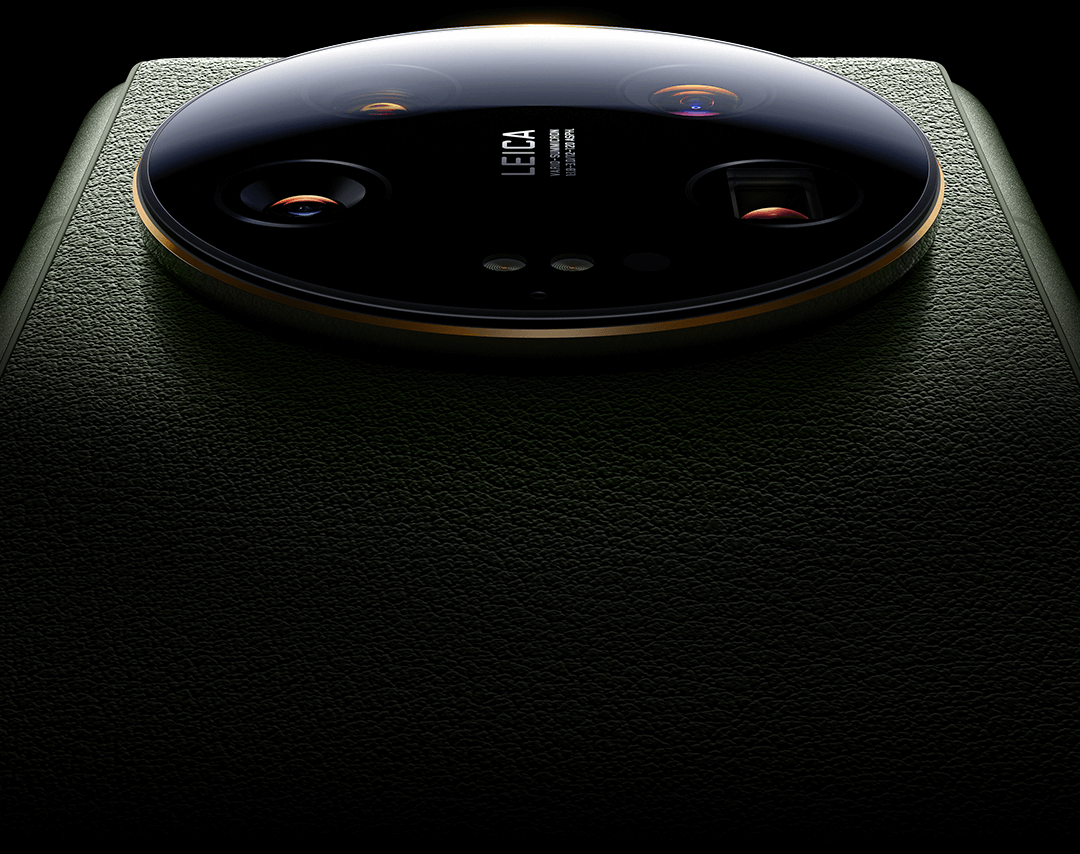
Performance
- Snapdragon 8 Gen 2 processor
- Up to 1TB storage and 16GB RAM
- MIUI 14 interface
The Xiaomi 13 Ultra packs a Qualcomm Snapdragon 8 Gen 2 processor, with memory options ranging from 12GB to 16GB RAM and storage up to 1TB, though without microSD support. The result is a device that performs quickly and smoothly, handling both everyday tasks and demanding benchmarks with ease.
This review model, however, is the Chinese version, which has no default access to Google Play or global services. The interface may also display Chinese elements regardless of the language setting. While Xiaomi’s MIUI software is highly customizable, issues like missing notifications, persistent bloatware, and paywalled widgets detract from the experience. A global release might address these quirks, making it more appealing for international buyers.
Battery Life
- 90W wired charger included
- Supports both wired and wireless charging
- 5000mAh battery capacity
The large 5000mAh battery provides reliable battery life, typically ending the day with around 30% remaining. Even under intense usage, including heavy camera testing, the Xiaomi 13 Ultra rarely drops below 10%. However, standby time could use optimization, as battery drain overnight can be as high as 15%, potentially due to software inefficiencies.
In summary, the Xiaomi 13 Ultra is a powerful, camera-centric device that excels in design and display. While not yet optimized for international use, it’s a compelling option for photography enthusiasts seeking a premium experience.
As of this review, the Xiaomi 13 Ultra is only available in China, with the base model priced around $869 USD. However, if a global release is confirmed, the price is expected to be higher in markets such as the US, UK, and Europe. Keep in mind that importing the device may add extra costs for duties, taxes, and potentially higher pricing from international resellers.
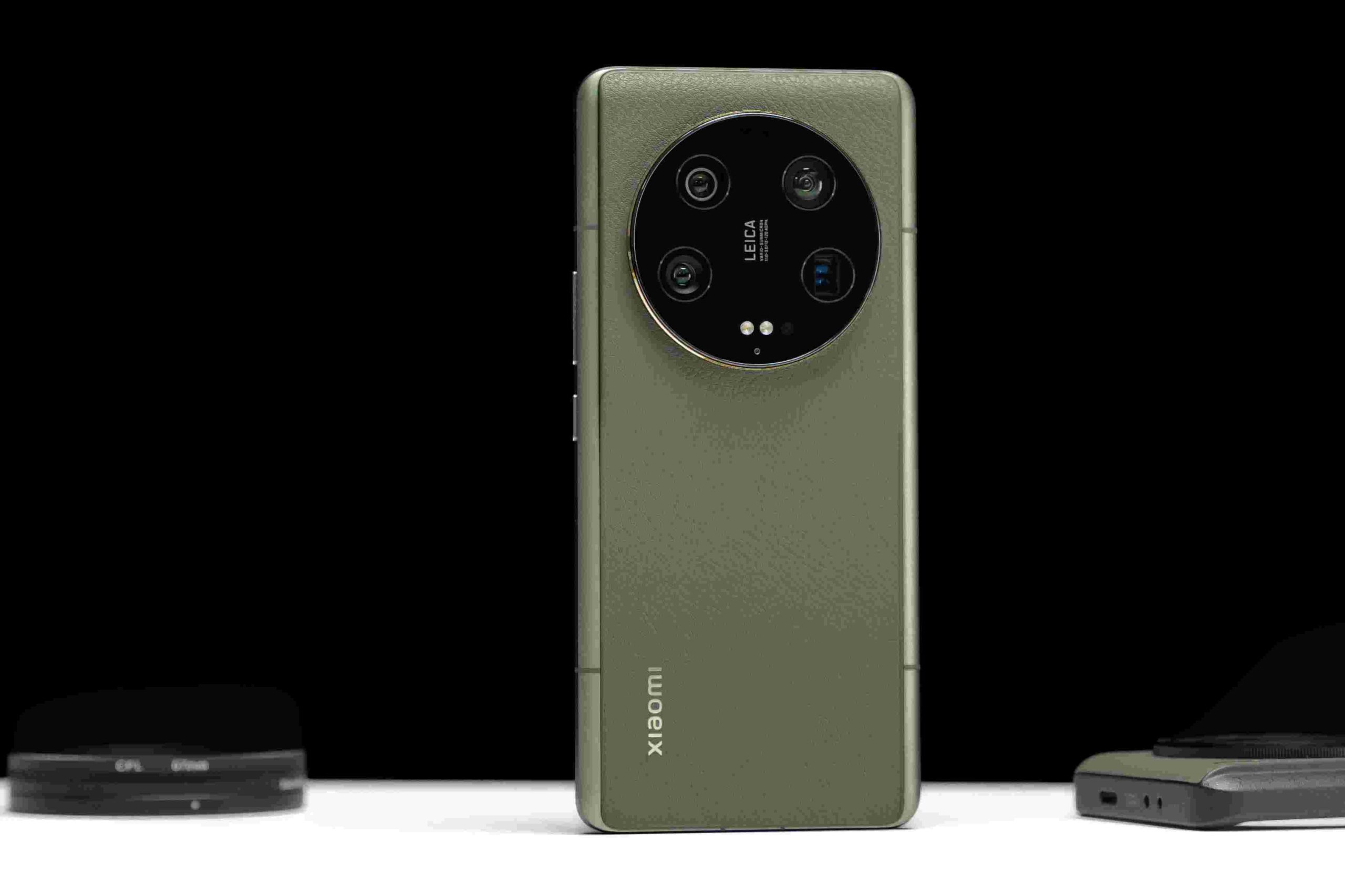
Conclusion
The Xiaomi 13 Ultra is an impressive flagship, particularly for photography enthusiasts who want a smartphone that feels almost like a camera in their pocket. Its standout design, including the silicone leather back and the imposing camera bump, set it apart in a world of uniform devices. The camera system, with four 50MP lenses, variable aperture, and Leica’s imaging expertise, is clearly the star, producing exceptional images that rival mirrorless cameras in many scenarios. This is balanced with strong performance from the Snapdragon 8 Gen 2 chipset, a bright and vibrant OLED display, and fast charging with a sizable 5000mAh battery.
However, the device isn’t without its limitations. The Chinese software experience is not fully optimized for international users, with some bloatware and language issues that could be resolved in a potential global release. Furthermore, the selfie camera is less impressive than the rear cameras, and microphone performance may hinder the phone’s video capabilities in windy conditions.
Overall, if you’re willing to navigate some software quirks and prioritize camera performance, the Xiaomi 13 Ultra offers an unparalleled photography experience in the smartphone market.

